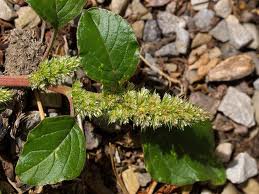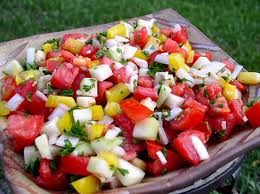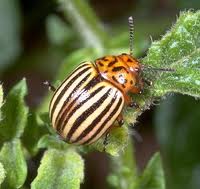 Although lots of goodies still linger in my vegetable garden, it is September and maybe a good time to take stock of the good and the bad this season. Top on the doing real well list were zucchini, tomatoes and redroot.
Although lots of goodies still linger in my vegetable garden, it is September and maybe a good time to take stock of the good and the bad this season. Top on the doing real well list were zucchini, tomatoes and redroot.
Everyone already knows that half a zucchini plant will feed at least two large families and daughter Kris has already expounded on the fact that they gave me one each of 25 varieties of tomatoes to plant.
What surprised me about the tomatoes was that all but one variety survived. When the one quickly died I applied fungicide once in early June. Since then, nothing, and they are happier than happy. One point is that they were planted in a location that hasn’t seen a tomato in at least 20 years.
If you are not familiar with redroot, you are fortunate. As the name implies, this weed has a red root, oval leaves, grows quite tall and sets seed on each stem tip. Crowded, they may stay single stem, but can often imitate a well branched shrub.
Since I built my house 20 years ago in an old pasture, my garden had the same origin but has grown in size in recent years. It has been at least six or eight years since any weeds have gone to seed there, but the redroot persists. The garden is also surrounded by mowed yard. Last week, for at least the third time this summer, I have filled four wheel barrows of weeds.
Fighting weeds is a battle you should be able to win. In a flower bed where you dig little and mulch regularly several years should start to turn the tide. It is more difficult in the vegetable garden where we till often.
As a side note, the area where the tomatoes are planted was in grass for at least 20 years. Before that it was farmed and infested with a weedy member of the hibiscus family. Guess what? After an absence of at least 20 years they were back when I cultivated the area
The spring was difficult being cold and wet. Peas were planted thick, but I still had a mediocre stand. Few snap peas came up. Years ago someone suggested planting beans in late April rather than waiting for mid May. It always worked.
This year few came up so I replanted in early May. They didn’t come up either. Try three came in late May when it was turning hot and dry. Again few came up. I was ready for new seed but rigged up some drip irrigation and grabbed the same seed bag. In spite, I planted them about twice as thick as normal. We’ll have plenty of beans in the freezer for this winter.
Strawberries and last year’s planting of raspberries looked very promising until the heat and dry weather. Both did well ,but the season ended much quicker than it should have.
Cucumbers and melons, with some almost too late drip irrigation, gave about half their normal yield. Interestingly the first planting of lopes seem rejuvenated with the return of rain and are showing some baseball sized fruit. They are racing the clock as mid September temperatures usually kill the plants or at least destroy the taste.
There were other successes, too. Onions, red beets, spinach, and the cole crops did well. The peas planted August 1 look like some tasty September meals are coming. Asparagus planted this spring makes me anxious for next year and hopeful that it will bring less weather challenges. Weeds ,too.
 One of my earliest memories of my grandmother was her eating tomato and mayonnaise sandwiches. The tomatoes, still warm from the garden, the soft wheat bread, a dash of salt and a slather of mayo was just about her favorite supper from about July 1st until the frost killed all her tomato plants.
One of my earliest memories of my grandmother was her eating tomato and mayonnaise sandwiches. The tomatoes, still warm from the garden, the soft wheat bread, a dash of salt and a slather of mayo was just about her favorite supper from about July 1st until the frost killed all her tomato plants. 